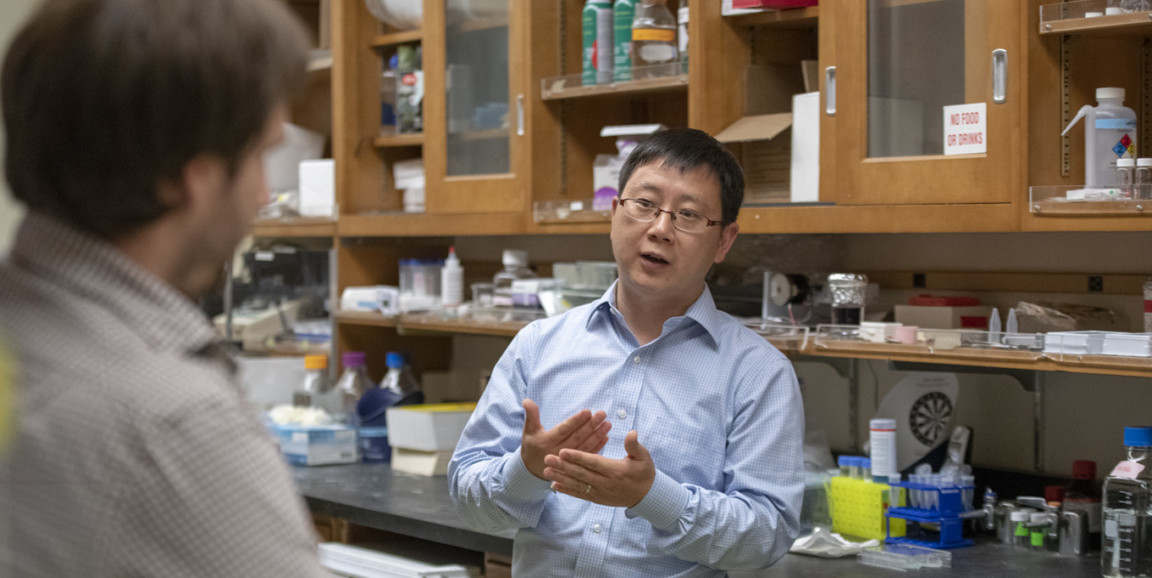If a person is to learn anything at all about the world, they have to pay attention to what’s going on around them — but since they can’t pay attention to everything, they also have to figure out what’s most important to pay attention to.
Exactly how humans (and other animals) do that remains a mystery, but now, Stanford biologists including Xiaoke Chen, PhD, an assistant professor of biology, have taken a step toward solving it. As they report in Science, a part of the brain called the paraventricular thalamus, or PVT, serves as a kind of gatekeeper that identifies and tracks the details most relevant to whatever situation an animal finds itself in.
That finding, Chen told, was something of a surprise, as I explain in a story for Stanford News:
[F]ew had suspected the thalamus could do something so sophisticated. 'We showed thalamic cells play a very important role in keeping track of the behavioral significance of stimuli, which nobody had done before,' said Chen, who is also a member of Stanford Bio-X and the Wu Tsai Neurosciences Institute.
But perhaps more important than the brain region itself is what researchers could now do with it.
Neuroscientists also now have a new way to control learning, Chen said. In additional experiments with mice genetically modified so the team could control PVT activity with light, the researchers found they could inhibit or enhance learning — for example, they could more quickly teach mice that an odor no longer reliably signaled water was coming...
Those results could point to new ways to modulate learning — in mice, for the time being — by stimulating or suppressing PVT activity as appropriate. They also point, in the long run, to ways to help treat drug addiction, Chen said, by helping addicts unlearn the association between taking a drug and the subsequent high.
Photo of Xiaoke Chen, right, and researcher Greg Nachtrab by L.A. Cicero




